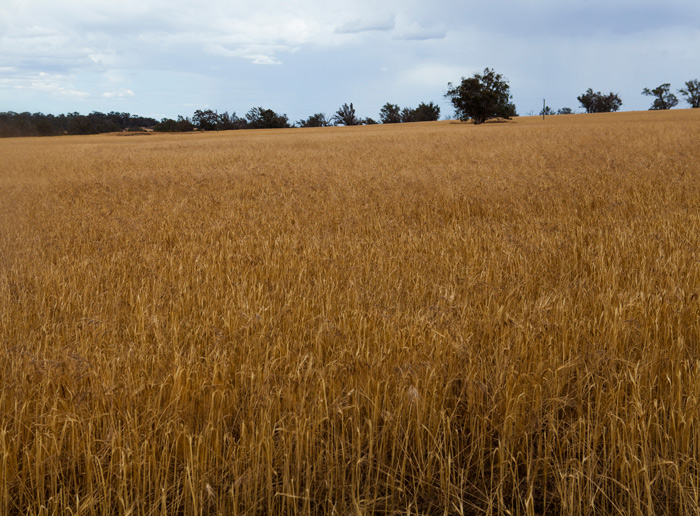From my back of the drum calculations, the proportion of farmers regularly testing for herbicide resistance would have to be 10 per cent at most. Many will do it as a "one-off" but this really isn't good enough for managing herbicide resistance.
One of the main reasons there is a low usage of testing is because it was sold as a “you have resistance-you don’t have resistance” tool, which doesn’t tell the farmer much about management decisions needed to be taken.
 A test for trifluralin resistance in annual ryegrass. An eye-opener. (image:P. Boutsalis)To be fair, this was reasonable when resistance was rare. Now it is widespread with many weeds resistant to many modes-of-action farmers need more.
A test for trifluralin resistance in annual ryegrass. An eye-opener. (image:P. Boutsalis)To be fair, this was reasonable when resistance was rare. Now it is widespread with many weeds resistant to many modes-of-action farmers need more.
Resistance testing must be seen as a positive management tool to give farmers the knowledge of what herbicides are still effective in each paddock. Regularly testing will enable better weed control and save money. Now who could ask for more than that?
 Now which herbicides will control this ryegrass?The link below is an interview with Peter Boutsalis, ‘father’ of the Quick-test® where he outlines the major benefits of regular testing.
Now which herbicides will control this ryegrass?The link below is an interview with Peter Boutsalis, ‘father’ of the Quick-test® where he outlines the major benefits of regular testing.






